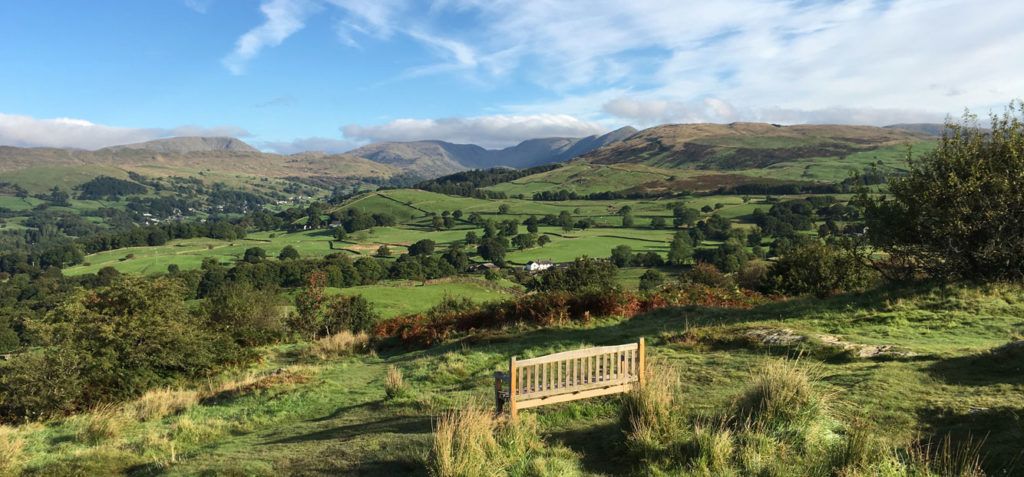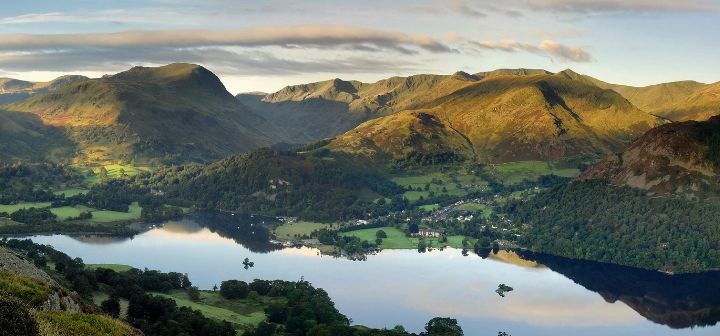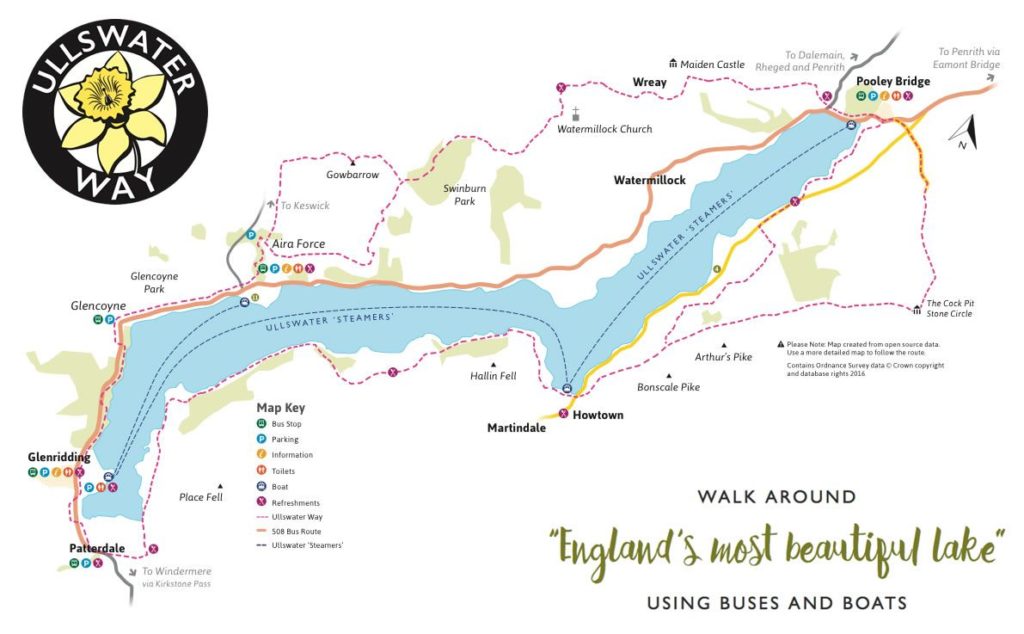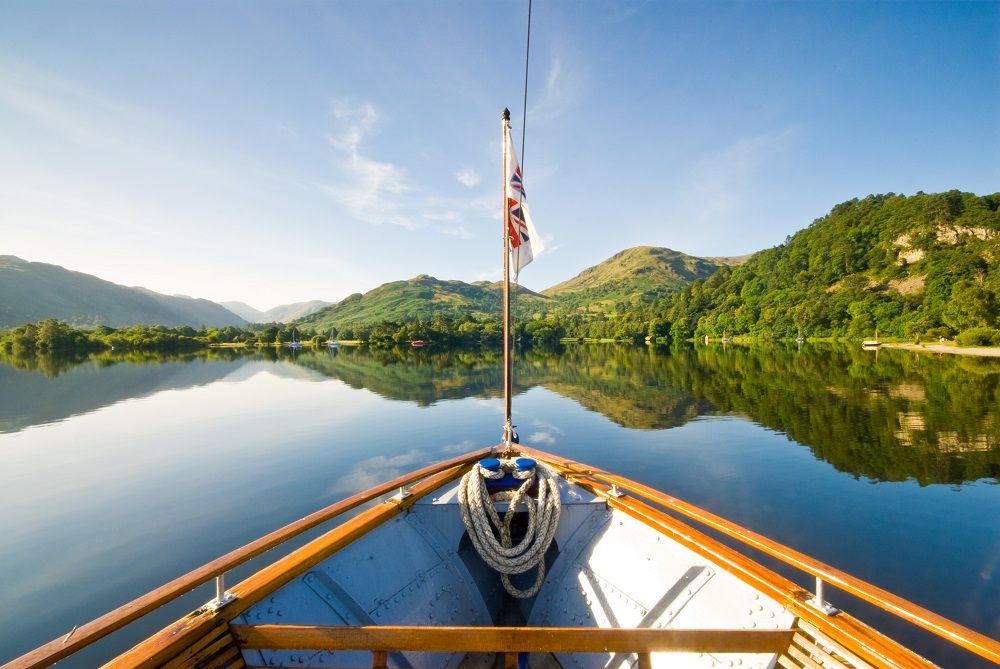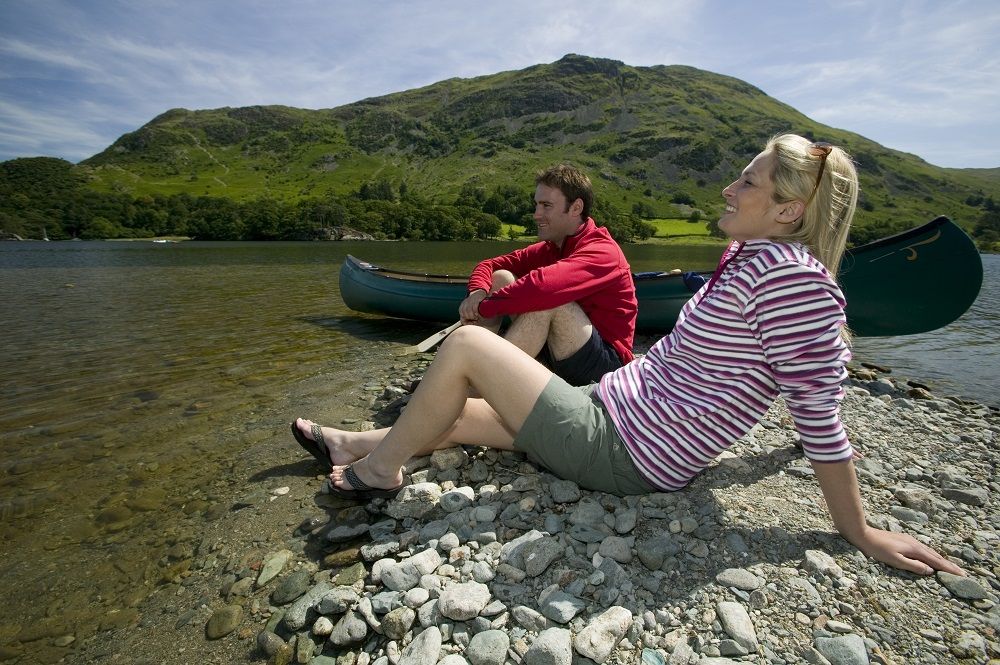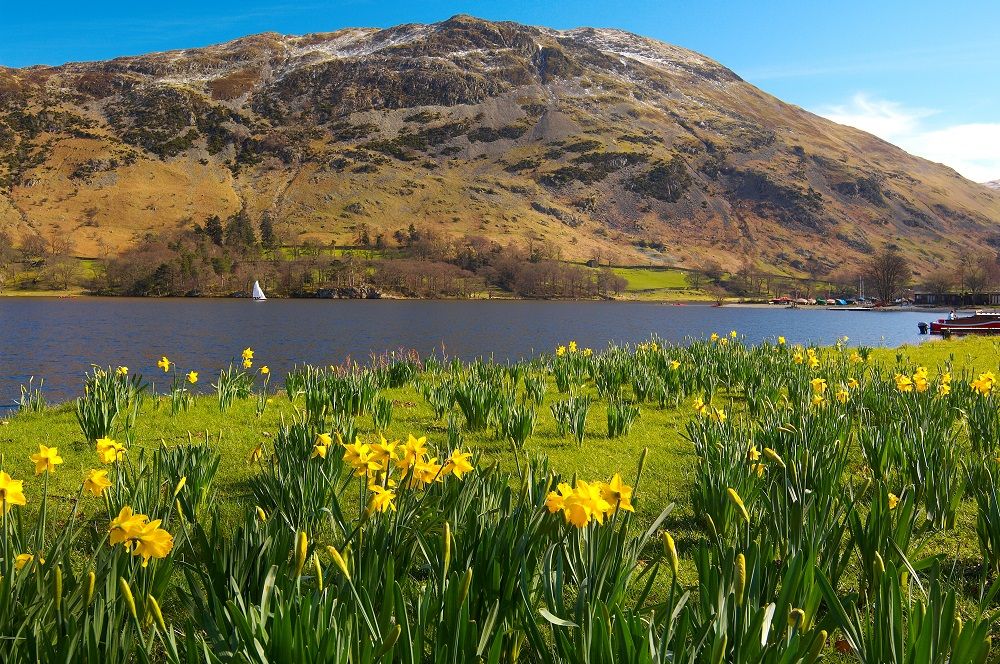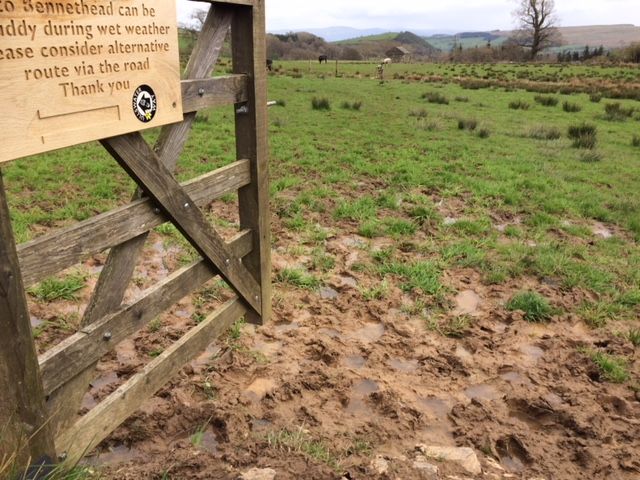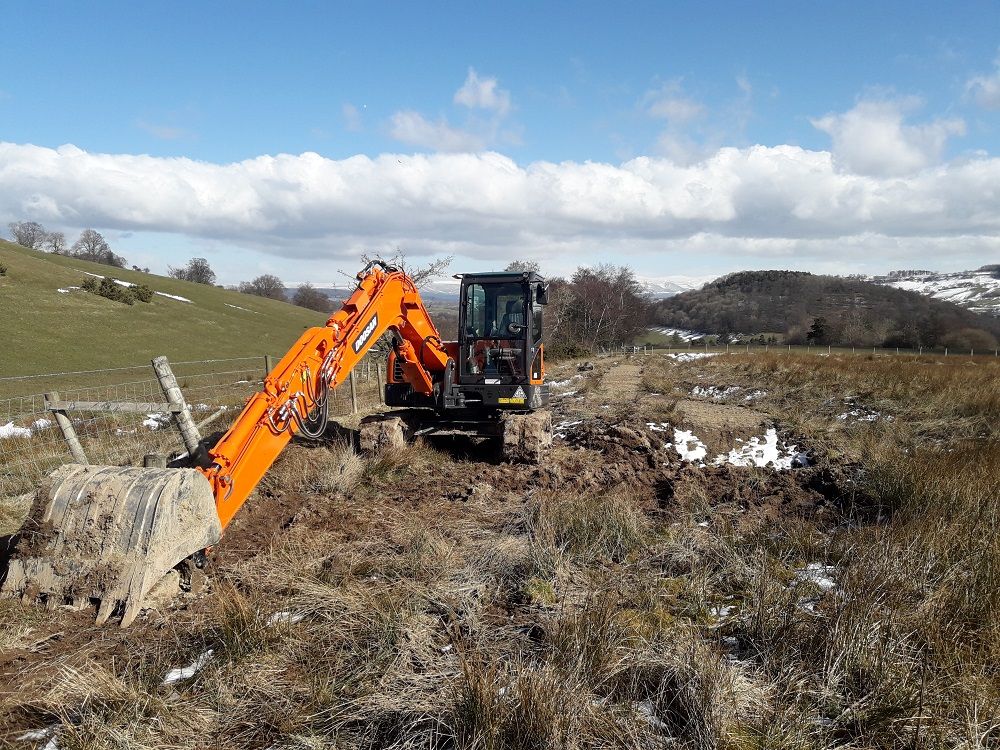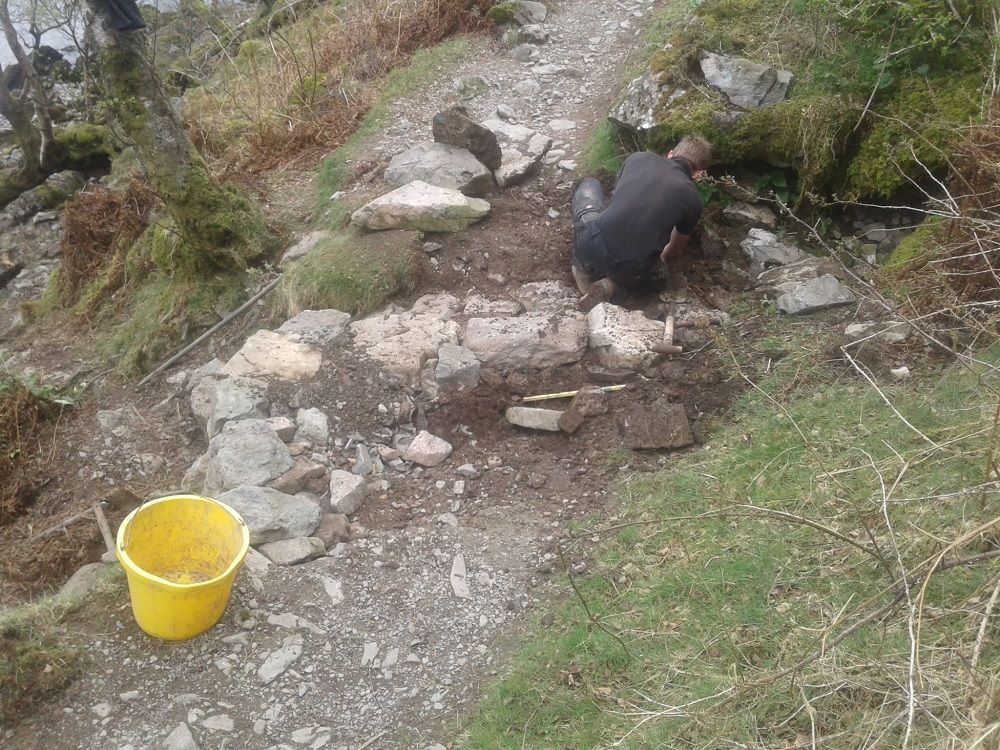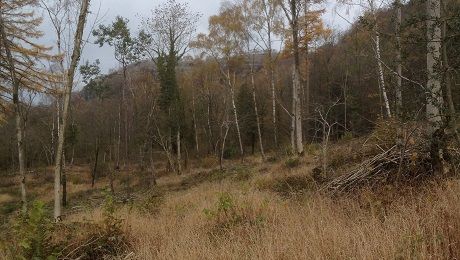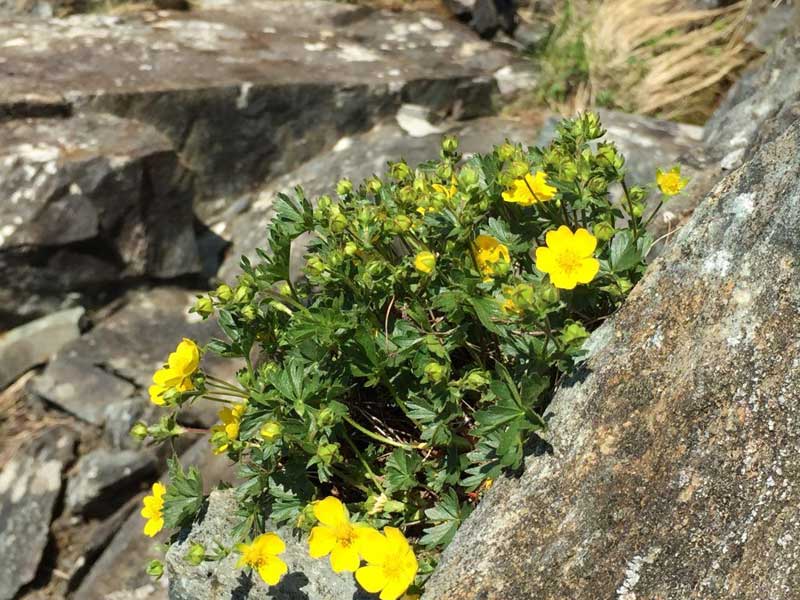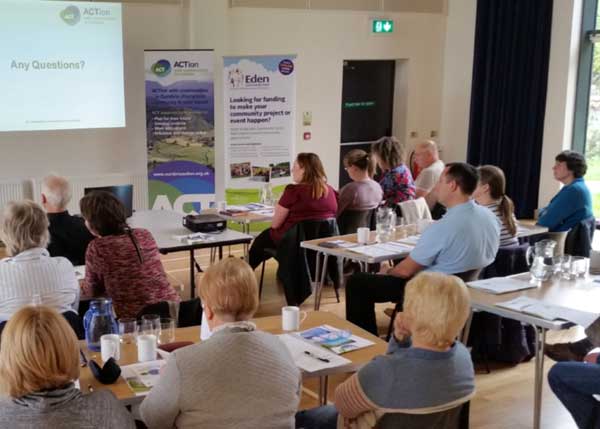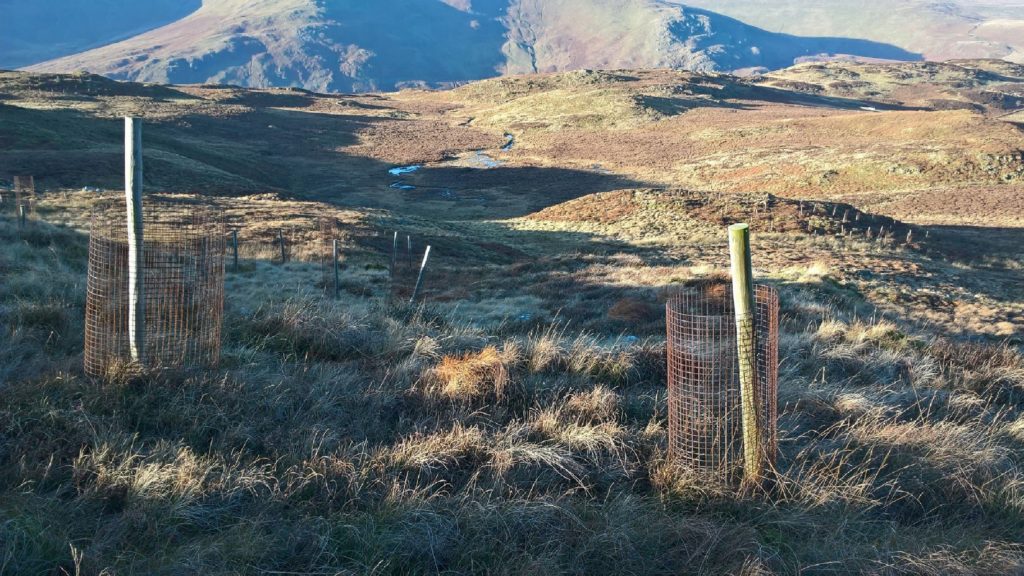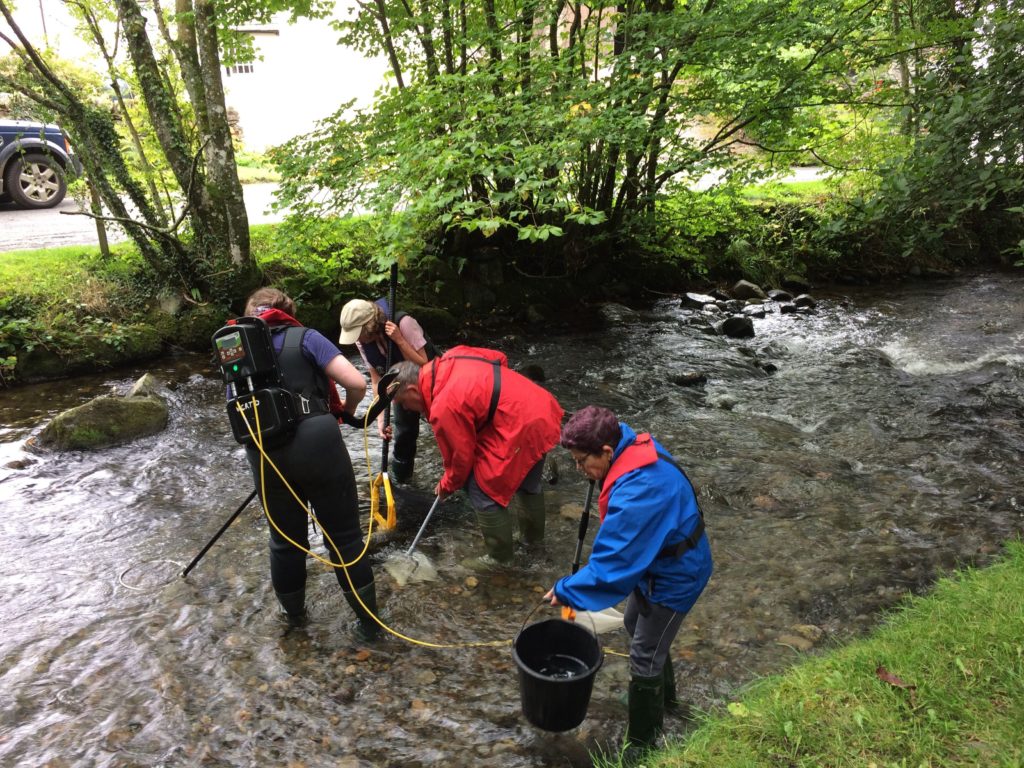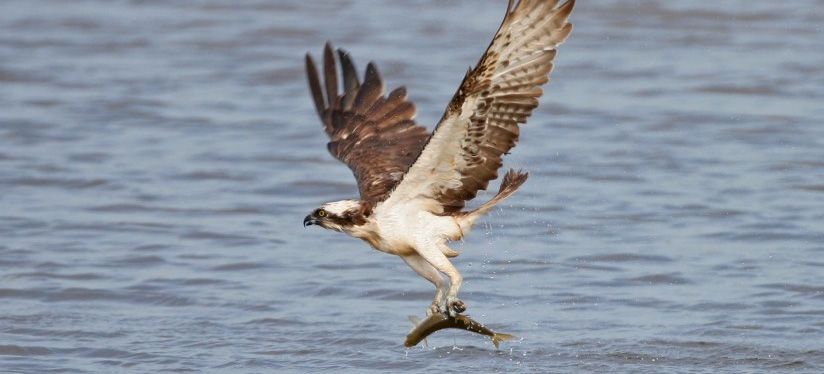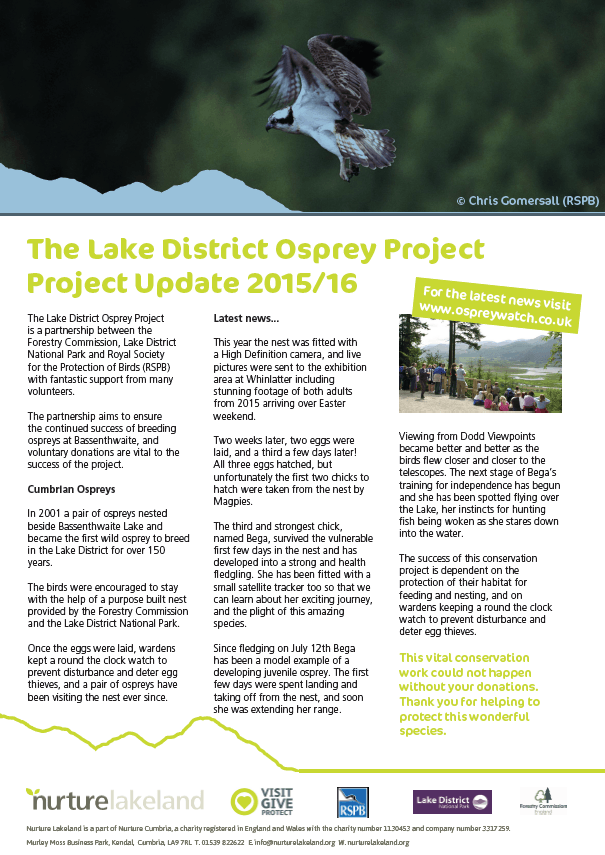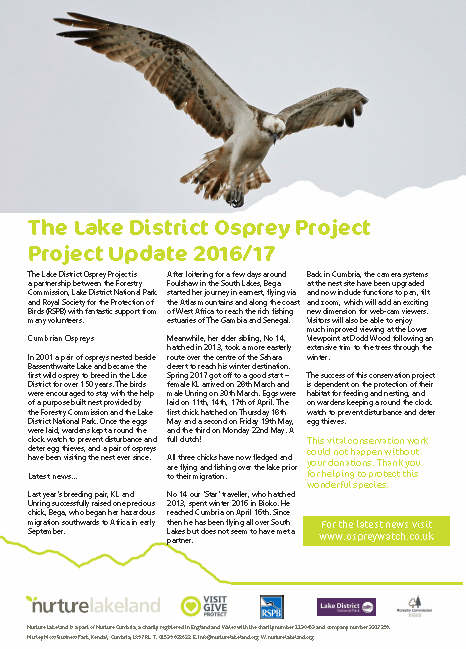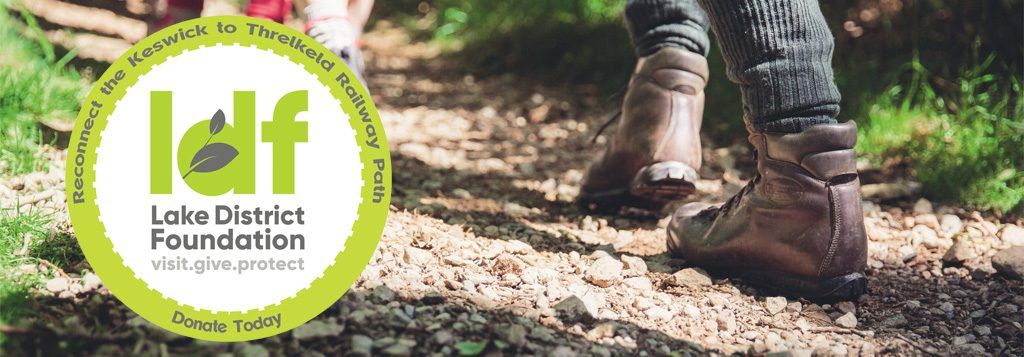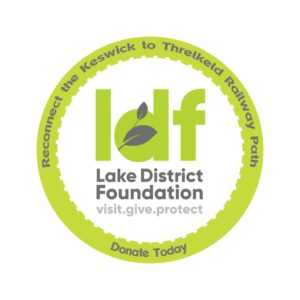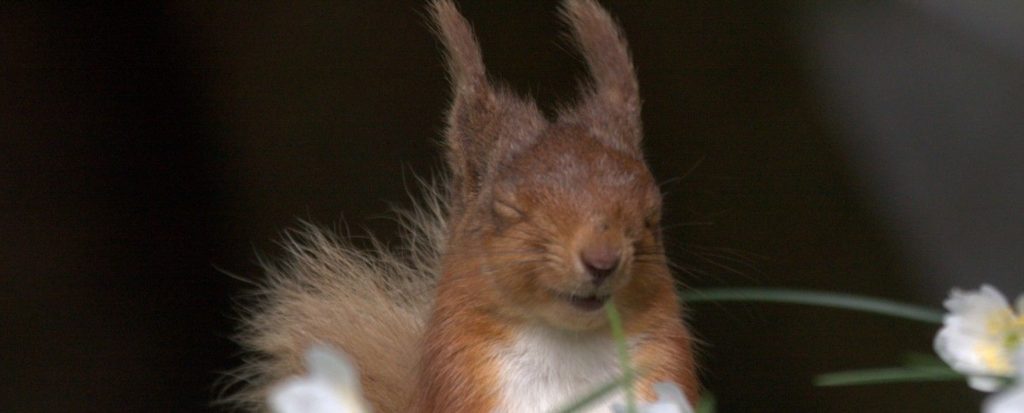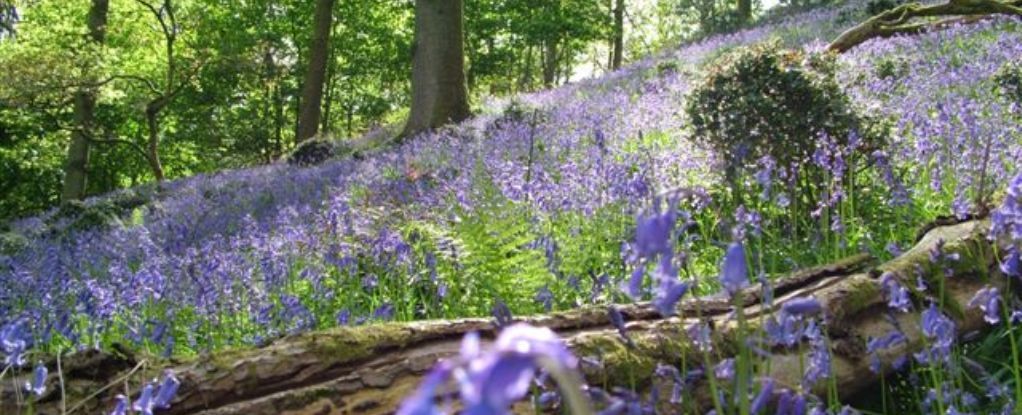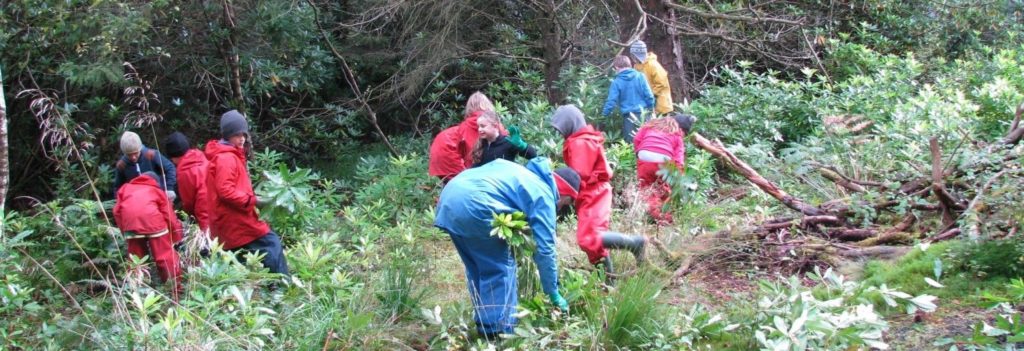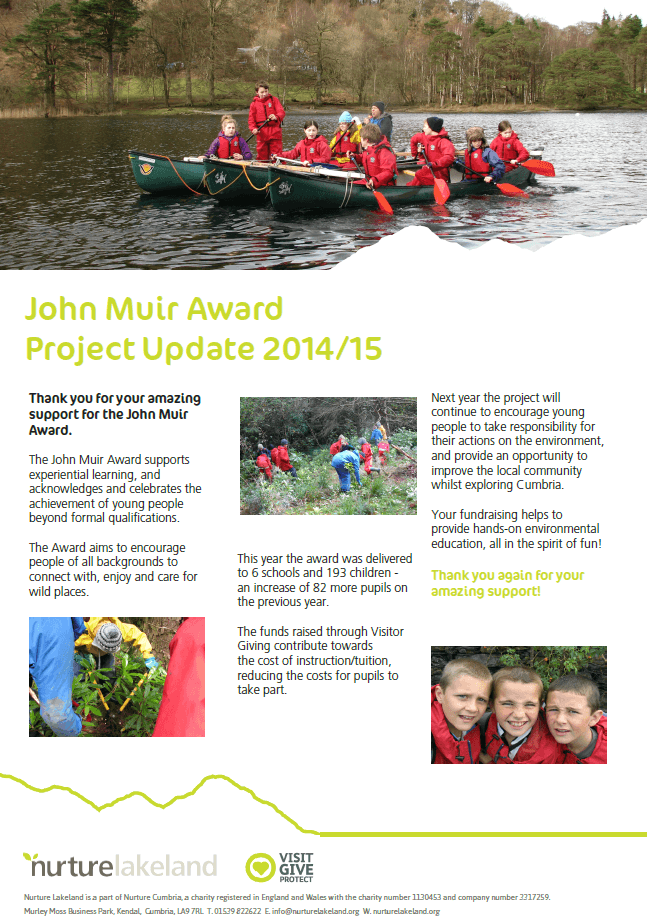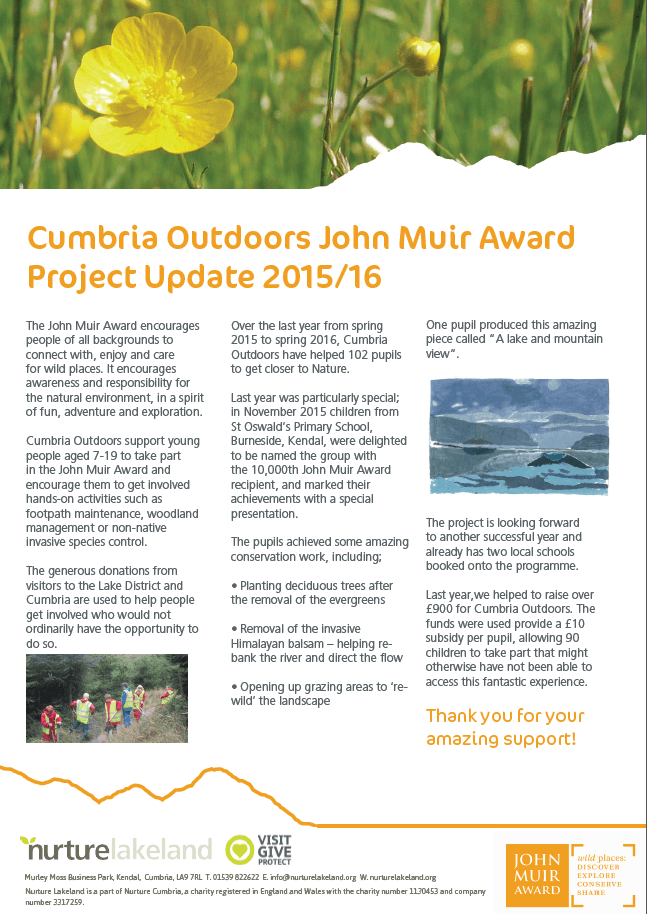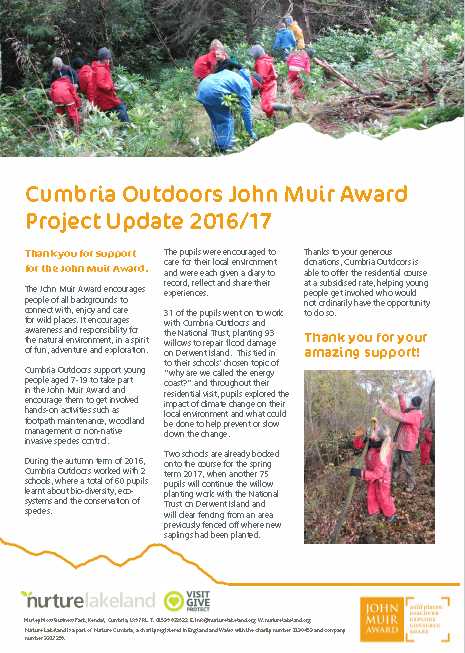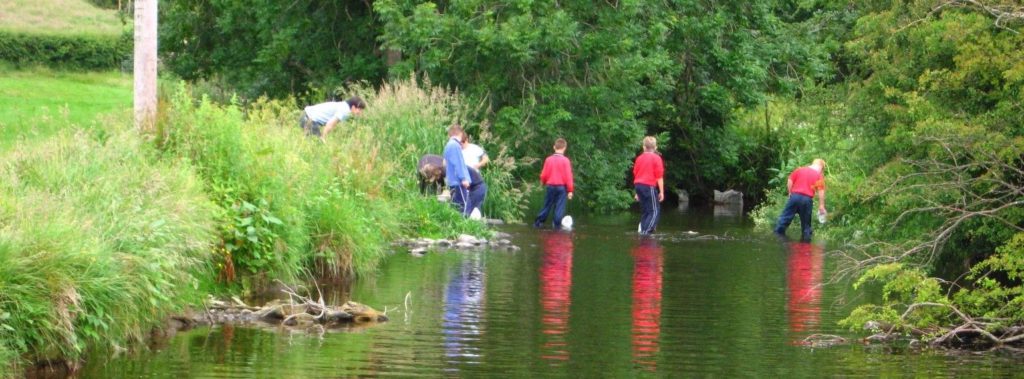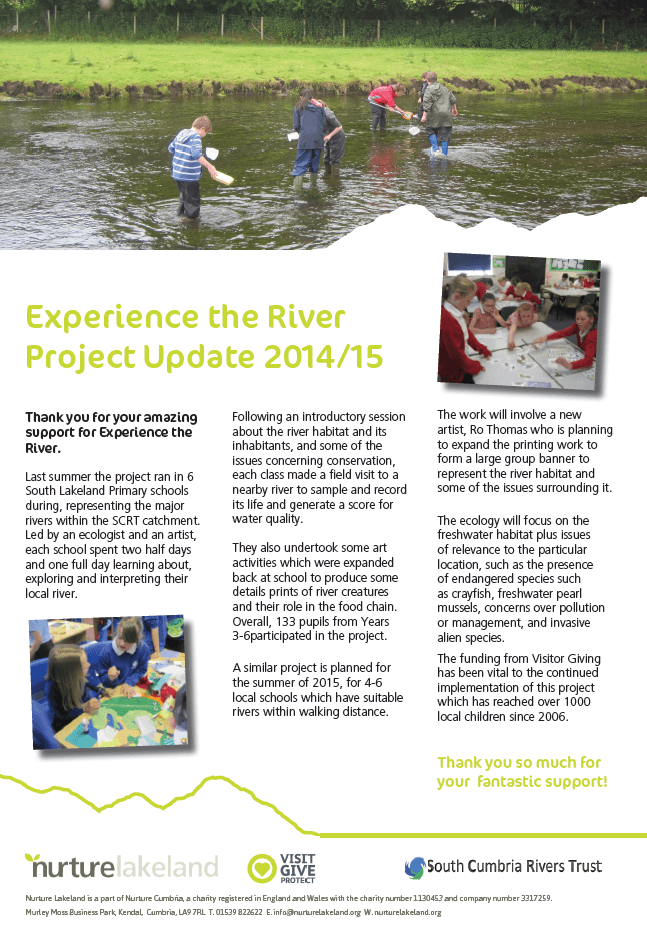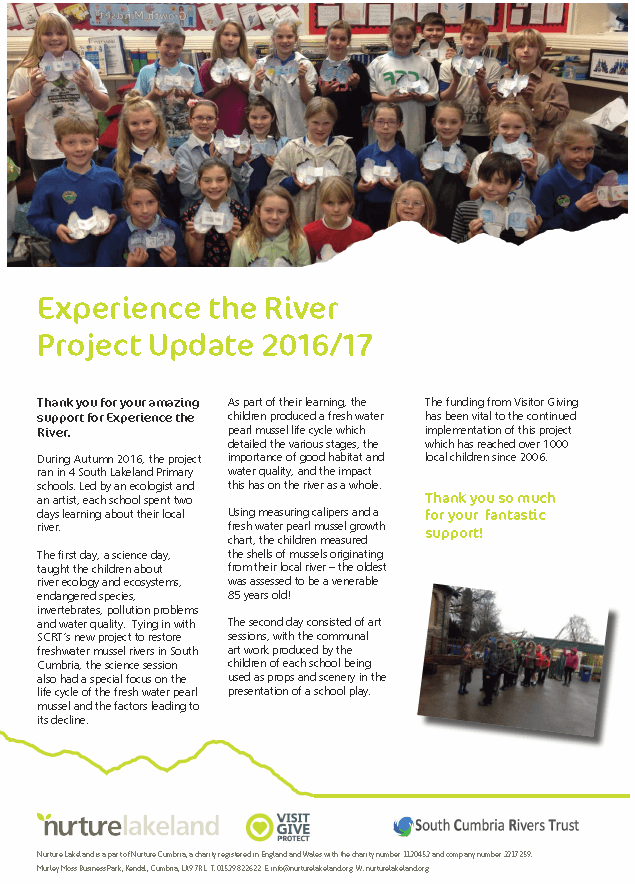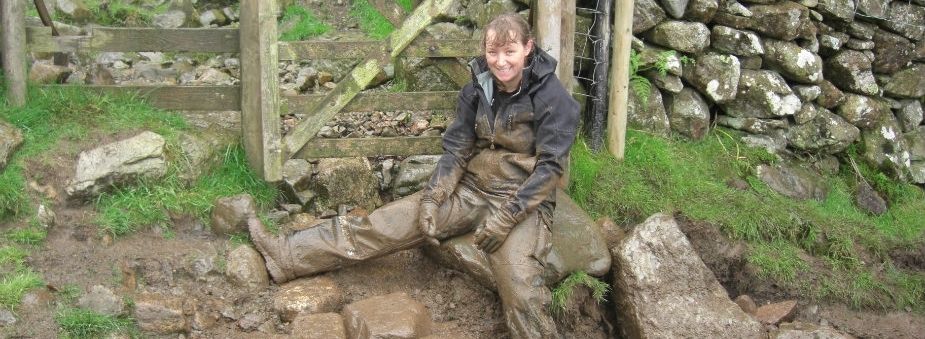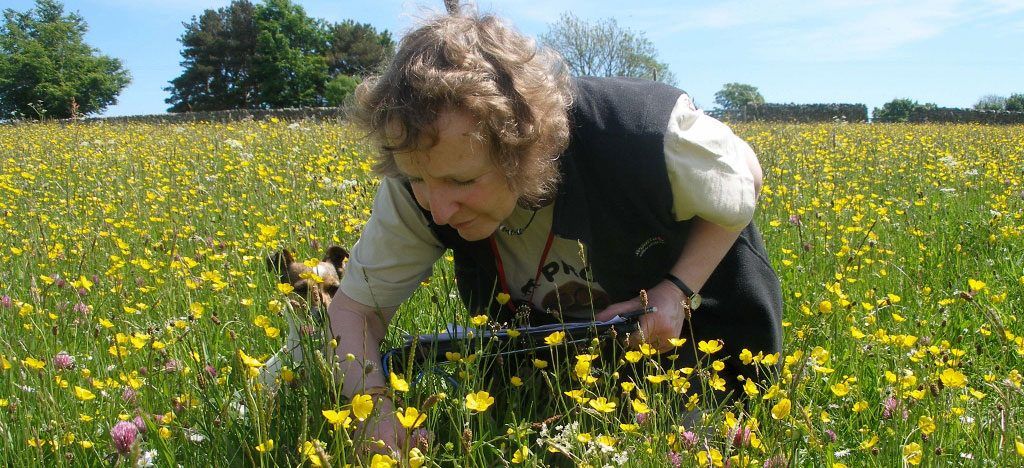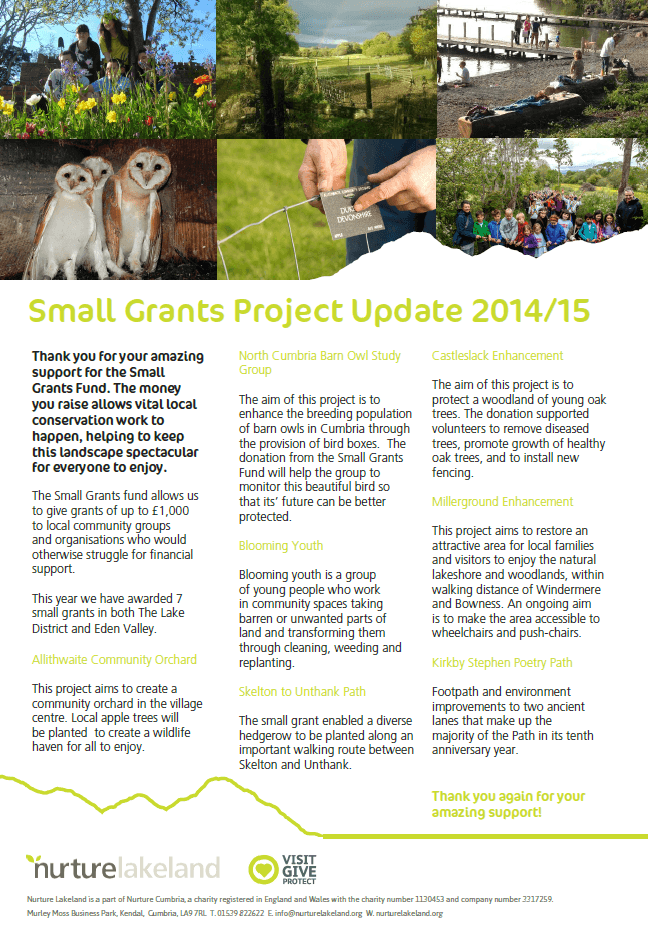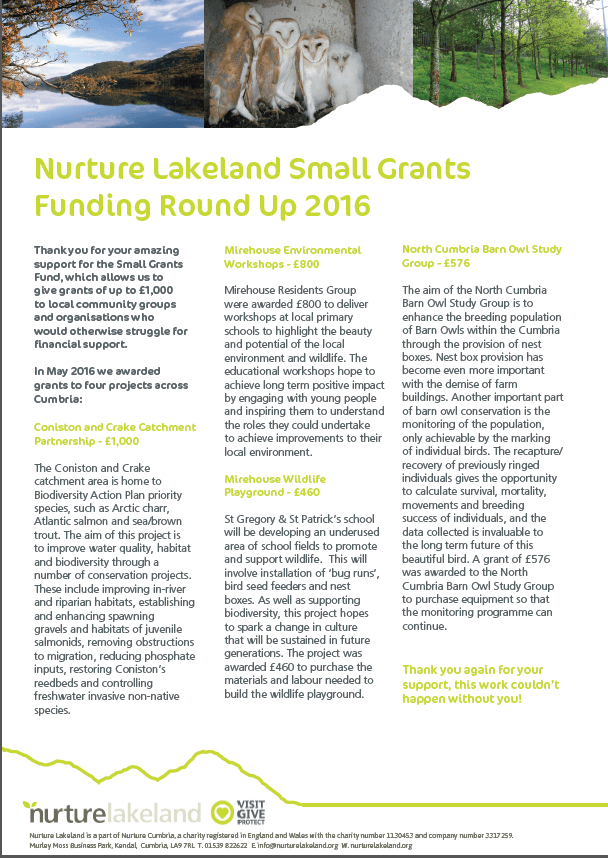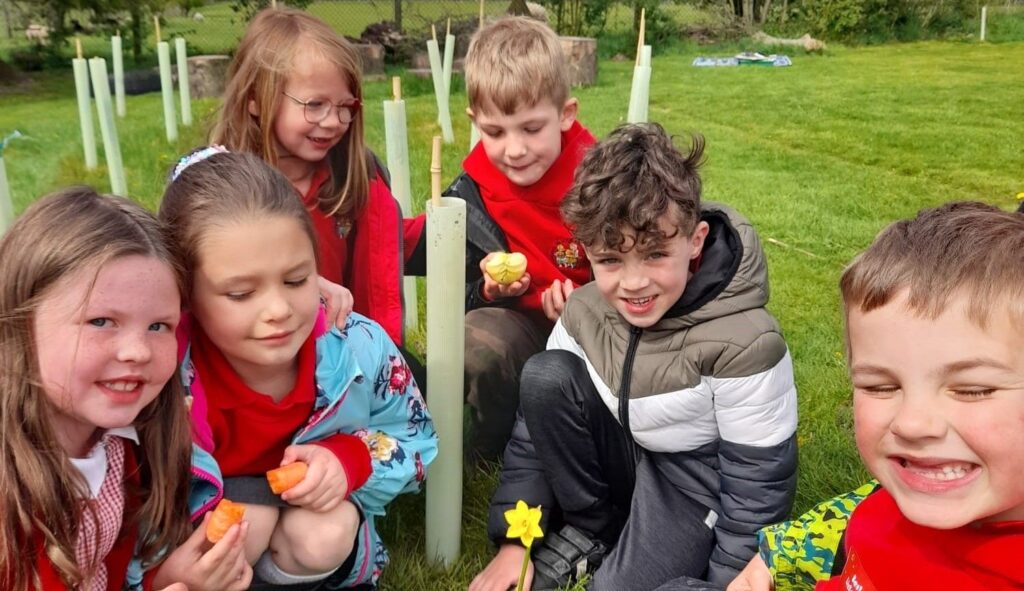
Read about the latest environmental projects we are supporting.
We deliver funds for community initiatives that look after the Lake District.
Long Marton Primary School (Real Hedge Fund – February 2023)
The Lake District Foundation is supporting five organisations with funding to plant new hedges and trees.
We have allocated £10k through our Real Hedge Fund which helps create and restore hedgerows and trees across the county.
More than 1000 meters of hedgerow has already been planted in two previous rounds of funding.
Now five new projects will be supported. Among them is Long Marton Primary School – outside Appleby – which receives £1300 towards a new hedge which will encourage wildlife.
Headteacher Rachel Smith said: “We are delighted to have been awarded this grant and will use it to plant a native hedgerow along the perimeter of our school grounds.
“We will also sow a wildlife meadow in front of the hedge with seed donated by the Cumbria Wildlife Trust. Wildlife and environmental conservation is very important to us and we are very committed to Outdoor Learning.”
In 2021 we awarded grants to 13 projects across Cumbria. The successful projects have each been awarded between £250 – £500 from the small grants fund.
The projects which have been successful share our charity’s goal; that the Lake District and Cumbria will be an inspirational example of sustainable development in action, to support a prosperous local economy, world-class visitor experiences and in a place where vibrant communities come together to sustain its spectacular landscape, wildlife and cultural heritage.
A brief summary of each can be found below:
Phoenix Park Butterfly Garden TWIG (Trees for Wigton)
Creating a butterfly and bee garden. The garden will provide protective habitats for all lifecycle stages, and will include elements of a sensory garden which can be used by local organisations for people with special needs and will provide a park focal point. The project has been designed by local volunteers. Local schools, youth clubs and groups with special needs will be involved in wildflower planting.
Celtic Shelter rebuild Friends of Dubwath Silver Meadows
This volunteer led project will see repair of a Celtic shelter in the heart of Dubwath Silver Meadows Nature reserve. The shelter is an important resource, enabling more people to access the reserves and take shelter whilst watching the wildlife. This environmentally friendly construction will last for at least another 10 years once rebuilt.
Thermal Imaging Camera Conservation Campaign – Binsey Red Squirrel Group
We have supported Binsey Red Squirrel group to buy a thermal imaging camera so that they can increase the efficiency of their conservation efforts and improve monitoring and reporting. Red squirrels are classed as Near Threatened in England, without conservation management they could be extinct in 10 years (Final Red Squirrels United Technical Report to LIFE, 2020). A thermal imaging camera will help identify squirrels high in the canopy, in dense foliage or in low light conditions. They are also able to use them to check drey’s to look for nesting & young reds in a non-invasive way.
Rewilding the Roadside Rusland Rewilding
The Blooming Hedgerow Project will disperse indigenous wildflower seed along the edge of country lanes in an area of Rusland from Tottlebank to Oxen Park (roughly 4km). The aim of the project is to repopulate the roadside hedgerow and verge with a range of indigenous wildflowers, which will make up for the loss of biodiversity in the valley created by the long-term use of weedkiller and fertiliser. This new corridor will extend biodiversity, offer connective habitats for invertebrates and create a beautiful floral avenue. If successful, the project could be further extended.
Education For Conservation Keswick Red Squirrel Group (KRSG)
We have supported KSRGs project to develop a partnership with Borrowdale Primary School, which has around 40 pupils, to involve & educate children in red squirrel conservation efforts, working with the school to make red squirrels a part of the children’s outdoor activities as much as possible. Children will take part in practical projects such as setting up feeders, cameras and recording their sightings of red and grey squirrels which will link to the groups work and recordings, helping them feel that they are making a difference.
Rothay Park Wildflower Meadow Ambleside Action for a Future (Growing Group)
This project will create a small wildflower meadow in Rothay Park, containing native grasses, wildflowers, and bog plants, bounded by a small stream, approximate size 100 square metres. All work will be done by volunteers who have already delivered several small projects including a flower planter box, a chat bench and a small orchard of apple and plum trees.
The Rusland Valley Trust Outreach Project The Rusland Horizons Trust Ltd
The aim of this project is to work with Furness College students to offer disadvantaged young people a chance to learn about and to restore a native woodland landscape. They will have the opportunity to undertake practical work, learn new skills and enhance their personal wellbeing . The activities will also demonstrate to them the potential for non-urban careers working in the natural landscape. This project offers low income and disadvantaged students, with little exposure to the natural world, the chance to better understand and help protect these amazing ecosystems thus contributing to the health and future resilience of native woodland
Charles Gough Path Interpretation Boards Sockbridge & Tirril Parish Council, Community Led Plan Team
A Parish Circular Path was created in 2020 when Lowther Estates gave permission for a path from Highfield to Celleron, to link existing PRoWs. New gates, fingerposts and direction indicators were installed. a riparian zone of 4,500 m2 was fenced off, and 16 volunteers planted 300 trees. The LDF have supported installation of 2 interpretation boards to inform walkers on the route about the different species of trees which were planted, and the benefits of planting trees, and the view from the highest point of the route: the mountains of the Lake District and the Pennines.
St Matthew’s Forest School Group St Matthew’s C of E primary School
This project will allow school children to be able to grow their own fruit and vegetable produce, building planters and a coldframe. This project is needed to help to teach and develop children’s understanding of where and how their food they eat and enjoy is produced. The group have already transformed an empty school field by adding a garden shed, a willow home, and a garden area for growing, plus about 100 saplings around school.
The Bee Team Community Orchard The Bee Team
The aim of The Bee Team is to inspire a love, respect and understanding of all things to do with nature and the environment – not just bees. Their mission this year is to involve the children and the community in ‘growing their own’ – herbs, fruit and vegetables. The planting and nurturing of such products will not only provide forage for the bees, spread the message of the importance of pollinators, but show our children where their food comes from. The funding from LDF will be used to purchase and install water saving systems and solar panels for the education shed.
Saving our native reds Sedbergh red squirrels
Sedbergh Red Squirrel Group raise awareness amongst the local community of the threats to the native red squirrel population in the area. Their volunteer rangers will use funding to set up and maintain any feeders for anyone within our community and we aim to encourage people to get involved in this very important conservation project, and provide squirrel food to help conservation efforts.
Helping pollinators in Glenridding Ullswater Catchment Management CIC
The local parish council and community have recently taken control of Jenkins Field in Glenridding to provide a source of sustainable funds towards the community by hosting events, and a large area is to be left as a wildlife area and managed in a manner which will encourage species diversity and wild flower re-instating to help benefit pollinator species. Much of the local farm land is now farmed for silage and therefore consists of far fewer species of grasses and flowers. The community will be heavily involved in the creation and maintenance of the wild area.
Ullswater ‘Then and Now’ Friends of Ullswater Way
FOUW undertook a survey in January/February 2020 to determine the Ullswater communities’ interest in promoting cultural heritage. There was overwhelming support and the community decided to create an Ullswater Heritage Knowledge Bank and Website. Support from LDF will further the community engagement and involvement in the project including creation of materials for a roadshow illustrating Ullswater ‘Then and Now’ cultural and landscape changes over time on various themes such as Farming, Tourism, Wordsworth, Industrial Heritage, Education, and Woodlands selected from the Heritage Knowledge Bank.
If you wish to donate to the Lake District Foundation to help support future local community project you can do so here on our website or text LOVELAKES to 70085 and donate £5*. A small donation makes a big impact. Thank you.

